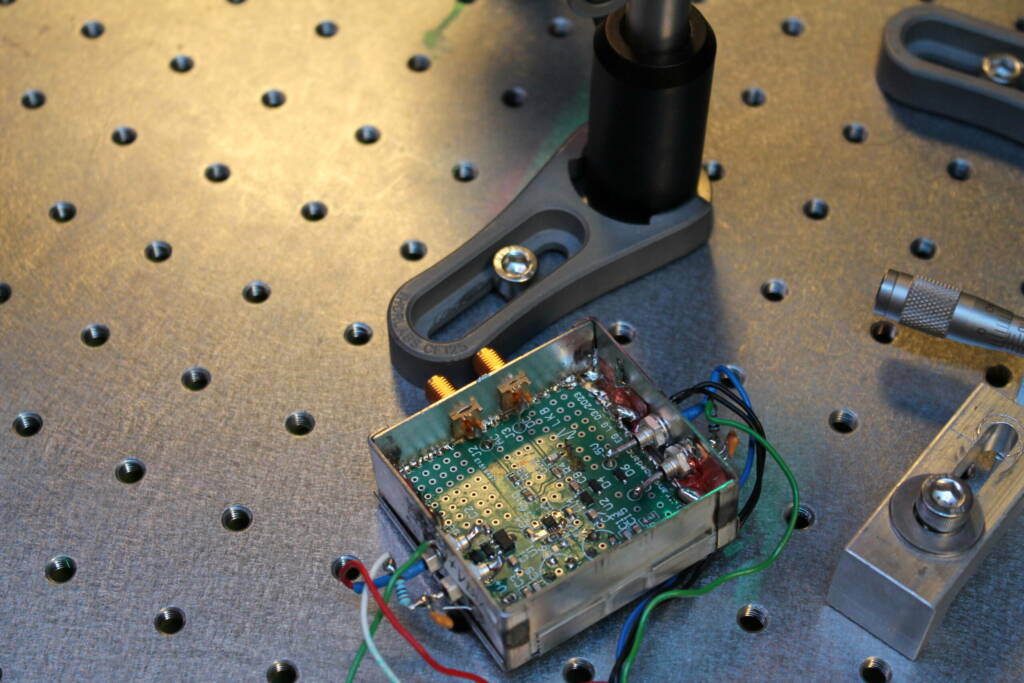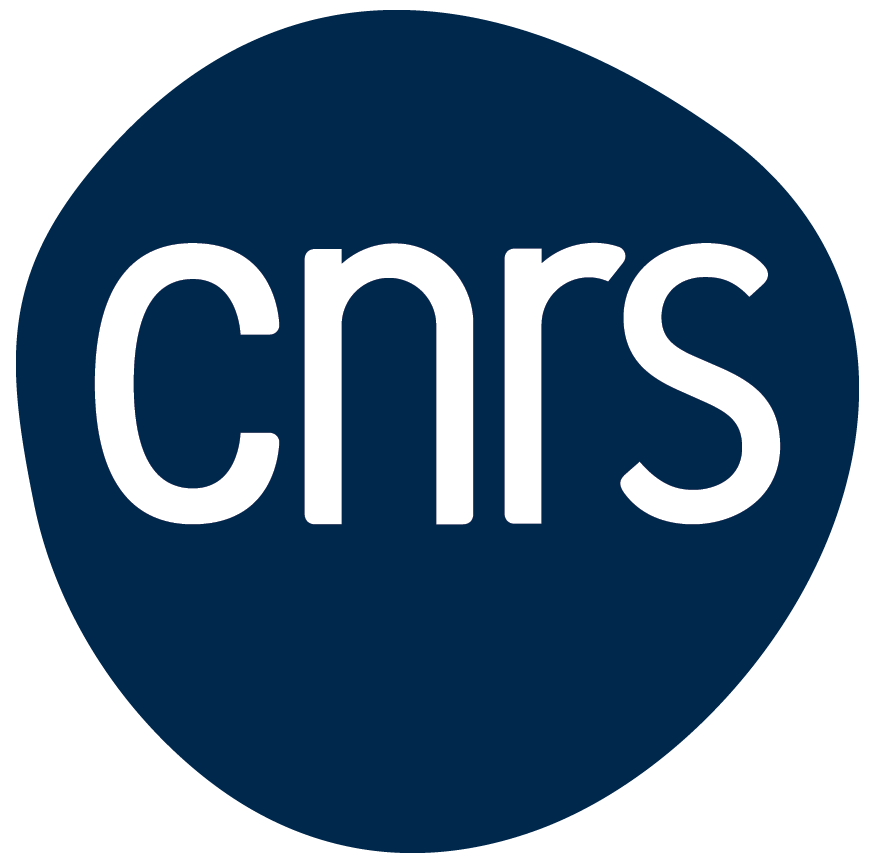- Home
- Laboratory
- Presentation
- News
- Relating the Hall conductivity to the many-body Chern number using Fermi’s Golden rule and Kramers-Kronig relations
Relating the Hall conductivity to the many-body Chern number using Fermi’s Golden rule and Kramers-Kronig relations

The quantum Hall effect is a remarkable phenomenon, initially discovered in 2D electronic systems subjected to strong magnetic fields. It is characterized by the robust quantization of the Hall conductance in terms of simple fractions of the quantum of conductance. Soon after its discovery, the origin of this quantization law was elucidated by theorists who formally related the Hall conductance to a topological invariant, a mathematical quantity that can only take integer values. This mathematical quantity, known as the ‘many-body Chern number’, is constructed from the many-body wavefunction – describing all the electrons present in the system – defined over an abstract parameter space associated with generalized boundary conditions: a very abstract object indeed !
Writing in Comptes Rendus Physique, Nathan Goldman and Tomoki Ozawa provide a physically-inspired demonstration of the relation connecting the quantized Hall conductance of 2D insulators to the many-body Chern number. Their approach builds on two key relations: the Fermi’s golden rule, which dictates the excitation rate of a quantum system upon an external drive; and the Kramers-Kronig relations, which reflect the causality of response functions. Specifically, these authors first associate the excitation rates of a quantum Hall system to the many-body Chern number, by considering a periodic modulation of external magnetic fluxes; they then demonstrate that this quantized dissipative response is equivalent to the Hall conductivity, hence proving the relation between the Hall conductivity and the many-body Chern number.
This physically-inspired derivation illustrates how the Hall conductivity of correlated insulators can be determined by monitoring heating rates upon a well-designed external drive, a conceptually simple picture with direct implications for quantum-engineered systems, where excitation rates can be directly monitored.
Reference : Relating the Hall conductivity to the many-body Chern number using Fermi’s Golden rule and Kramers-Kronig relations. Nathan Goldman, Tomoki Ozawa Comptes Rendus Physique 25, 289 (2024)
Read also
CNRS Recruitment – Join the LKB
External Recruitment for Researchers (M/F)
Nathan Goldman is among the Highly Cited Researchers
Clarivate list



